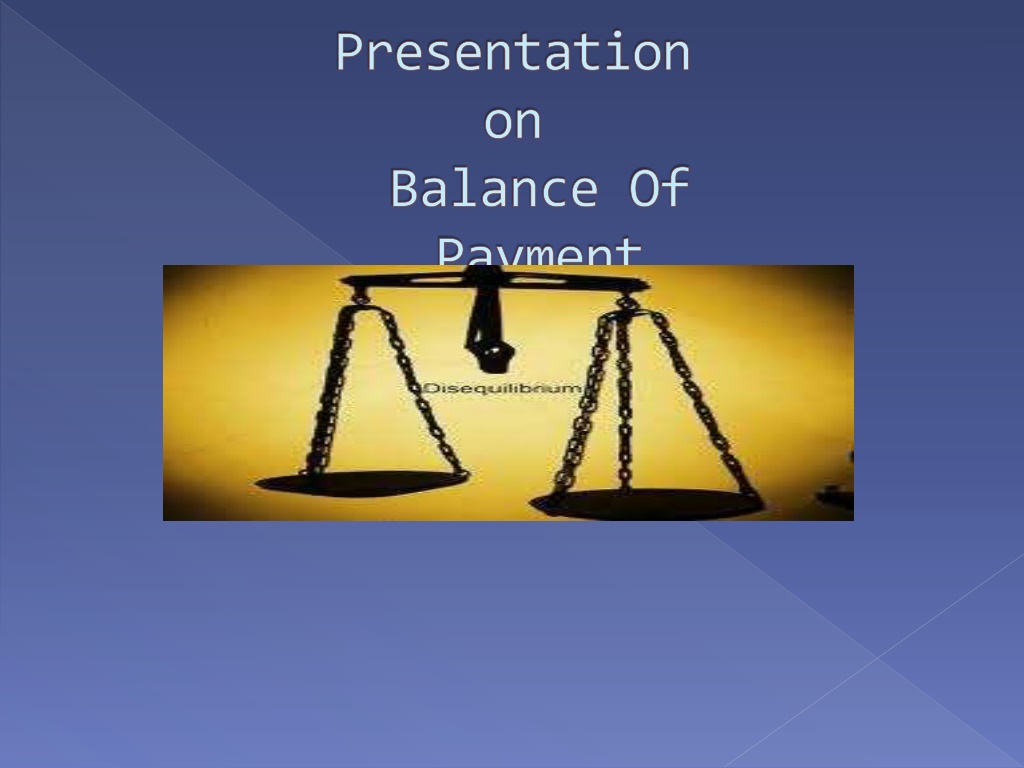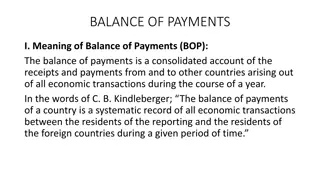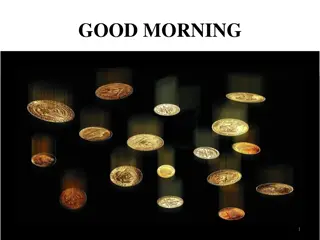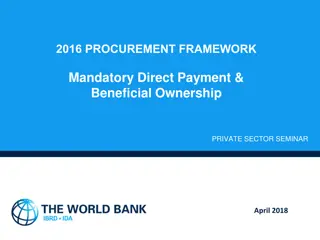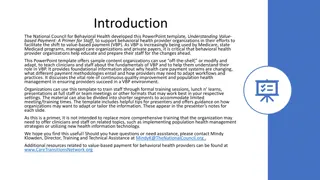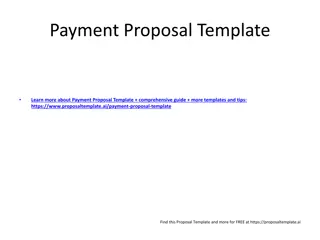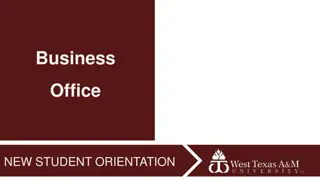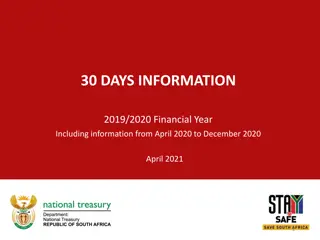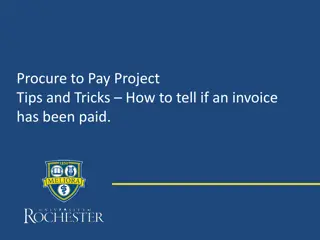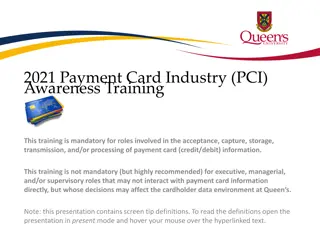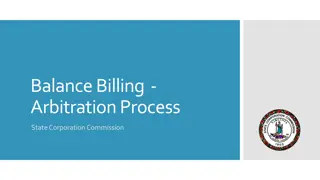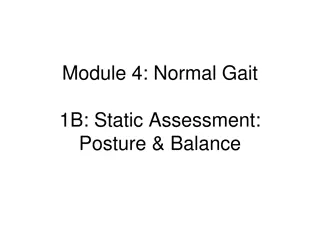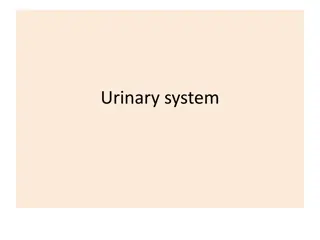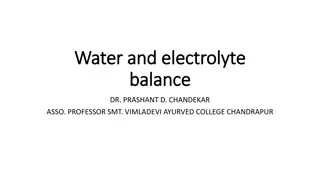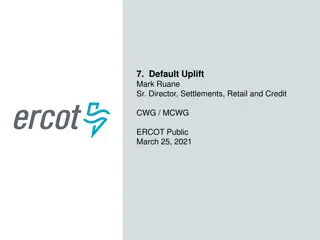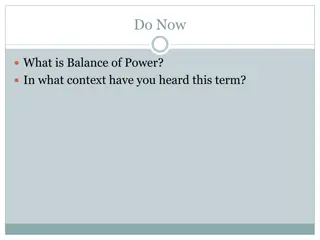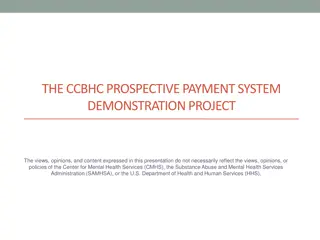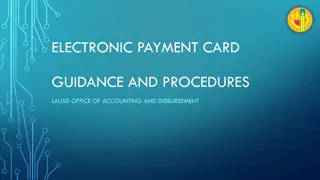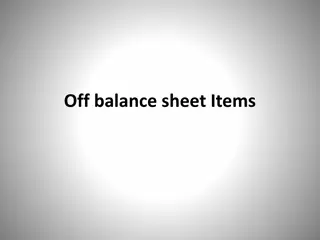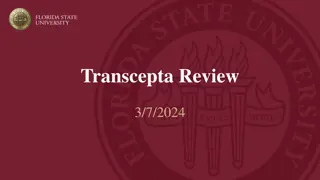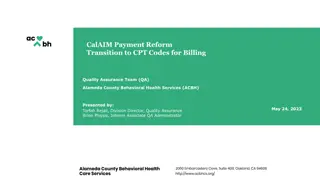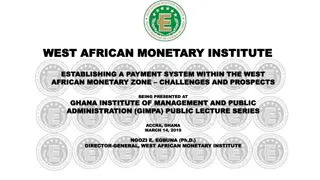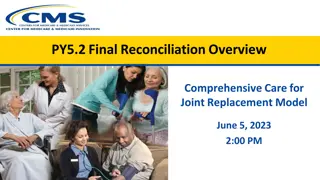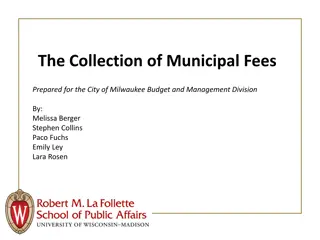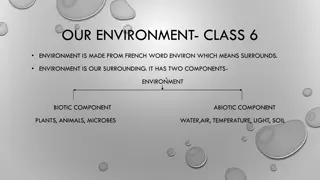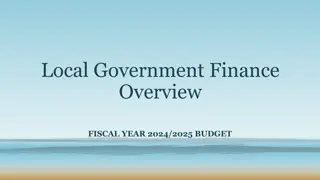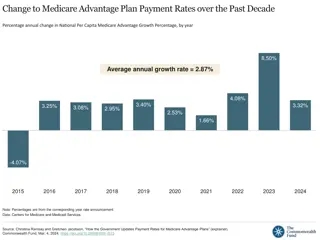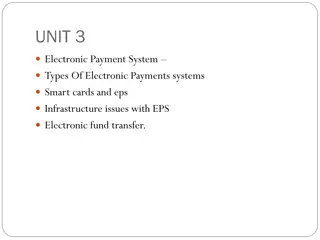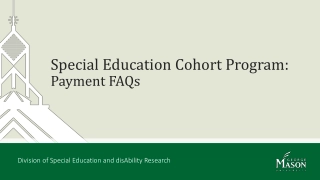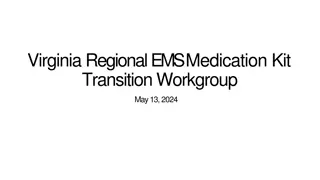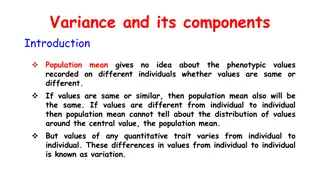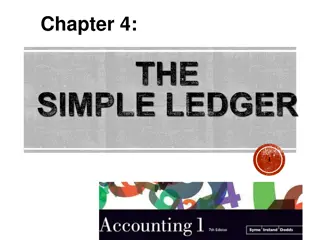Understanding Balance of Payment (BOP) and Its Components
Balance of Payments (BOP) is a crucial accounting record detailing a country's economic transactions with the rest of the world. It encompasses exports, imports, financial transfers, and more. The BOP consists of the Current Account Balance, Capital Account Balance, and Overall BOP, reflecting the financial health of a nation in relation to its global interactions.
Download Presentation

Please find below an Image/Link to download the presentation.
The content on the website is provided AS IS for your information and personal use only. It may not be sold, licensed, or shared on other websites without obtaining consent from the author. Download presentation by click this link. If you encounter any issues during the download, it is possible that the publisher has removed the file from their server.
E N D
Presentation Transcript
Presentation on Balance Of Payment (BOP)
Introduction Balance of payments (BOP) accounts are an accounting record of all monetary transactions between a country and the rest of the world. These transactions include payments for the country's exports and imports ofgoods&services,financialcapital,andfinancialtransfers. A country has to deal with other countries in respect of 3items:- Visible items which include all types of physical goods exported and imported. Invisible itemswhich include all those services whose export and import are not visible. e.g. transport services, medical servicesetc. Capital transferswhich are concerned with capital receipts and capitalpayment.
Definition- According to Kindle Berger, "The balance of payments of a country is a systematic record of all economic transactions between the residents of the reporting country and residents offoreigncountriesduringagivenperiodoftime".
Features It is a systematic record of all economic transactions between onecountryandtherest oftheworld. Itincludesall transactions,visible aswellas invisible. It relates to a period of time. Generally, it is an annual statement. It adopts a double-entry book-keeping system. It has two sides: credit side and debit side. Receipts are recorded on thecreditsideandpaymentsonthedebit side.
Components of BOP 1. CurrentAccountBalance BOP on current account is a statement of actual receipts andpaymentsinshortperiod. It includes the value of export and imports of both visible and invisible goods. There can be either surplus or deficit incurrentaccount. The current account includes:- export & import of services, interests, profits, dividends and unilateral receipts/paymentsfrom/toabroad.
2. Capital Account Balance It is difference between the receipts and payments on account of capital account. It refers to all financial transactions. The capital account involves inflows and outflows relating to investments, short term borrowings/lending, and medium termtolongtermborrowing/lending. Therecanbesurplusordeficit incapitalaccount. It includes: - private foreign loan flow, movement in banking capital, official capital movementetc. transactions, reserves, gold
3. Overall BOP -: Total of a country s current and capital account is reflected in overall Balance of payments. It includes errors and omissions andofficialreservetransactions. The errors may be due to statistical discrepancies & omission maybeduetocertaintransactionsmay not be recorded. For e.g.: A remittance by an Indian working abroad to India may not yet recorded, or a payment of dividend abroad by an MNC operatinginIndiamaynotyetrecordedorsoon. The errors and omissions amount equals to the amount necessarytobalanceboth the sides
Causes of Disequilibrium Natural causes e.g. floods, earthquakeetc. Economic causes e.g. Cyclical Fluctuations, Inflation, Demonstration Effectetc. Political causes e.g. international relation, political instability, etc. Social factors e.g. change in taste and preferencesetc. 1. 2. 3. 4.
How to correct the Balance ofPayment? 1. Monetary measures Deflation - Deflation means falling prices. Deflation has been used as a measure to correct deficit disequilibrium. A countryfacesdeficit whenits importsexceedsexports. Deflation is brought through monetary measures like bank rate policy, open market operations, etc. or through fiscal measures like higher taxation, expenditure,etc. Deflation would make our items cheaper in foreign market resulting a rise in our exports. At the same time the demands forimportsfall duetohighertaxationandreducedincome. This would build a favourable atmosphere in the balance of payment position. However Deflation can be successful whentheexchangerate remainsfixed. reduction in public
Exchange Depreciation - Exchange depreciation means decline in the rate of exchange of domestic currency in terms of foreign currency. This device implies that a country has adopted a flexibleexchangeratepolicy. Suppose the rate of exchange between Indian rupee and US dollar is $1 = Rs. 40. If India experiences an adverse balance of payments with regard to U.S.A, the Indian demand for US dollarwill rise. The price of dollar in terms of rupee will rise. Hence, dollar will appreciate in external value and rupee will depreciate in external value. The new rate of exchange may be say $1 = Rs. 50. Thismeans 25%exchangedepreciationof the
Devaluation - Devaluation refers to deliberate attempt made by monetary authorities to bring down the value of home currency against foreign currency. When devaluation is effected, the value of home currency goes down against foreign currency, Let us suppose the exchange rate remains $1 = Rs. 10 before devaluation. Let us suppose, devaluation takes place which reduces the value of home currency and now the exchange rate becomes $1 =Rs.20. After such a change our goods becomes cheap in foreign market. This is because, after devaluation, dollar isexchanged for moreIndian currencies
2. Non-Monetary Measures Export Promotion The government can adopt export promotion measures to correct disequilibrium in the balance of payments. This includes substitutes, tax concessions to exporters, marketing facilities,creditandincentivestoexporters, etc. The government may also help to promote export through exhibition, trade fairs; conducting marketing research & by providing the required administrative and diplomatic help to tapthepotential markets
Quotas Under the quota system, the government may fix and permit the maximum quantity or value of a commodity to be imported during a given period. By restricting imports through the quota system, the deficit is reduced and the balance of paymentsposition isimproved. Tariffs Tariffs are duties (taxes) imposed on imports. When tariffs are imposed, the prices of imports would increase to the extent of tariff. The increasedpriceswill reducedthedemand for
How to correct the Balance ofPayment? Monetary measures 1. Deflation ExchangeDepreciation Devaluation 2. Non-Monetary Measures ExportPromotion Quotas Tariffs
This datarepresent that:- Exports of 2006-07 is 128888 and import is 190670 which means that trade balance (BOT) is deficit means import is greater than exports. It shows that theBOP ofyear2006-07is unfavourable. Similarly, export of year 2007-08, 2008-09, 2008-10 is also less than import which means that BOP of these years also unfavourable. And trade balance is deficit(import>export)
Balance of Trade The difference between a country's imports and its exports. Balance of trade is the largest component ofa country'sbalanceofpayments. Debit items include imports, foreign aid, domestic spendingabroadanddomesticinvestmentsabroad. Credit items include exports, foreign spending in the domestic economy and foreign investments in the domesticeconomy. When exports are greater than imports than the BOT is favourable and if imports are greater than exportsthenitisunfavourable
BOP vs. BOT BOT BOP It is a narrowterm. 1. Itis abroadterm. 1. It includes only visibleitems. 2. It includes all transactions related to visible, invisible and capital transfers. 2. Itisalwaysbalancesitself. 3. It can be favourable orunfavourable. 3. BOP = Current Account + Capital Account + or - Balancing item ( Errorsandomissions) 4. BOT = Net Earningon Export -Net payment for imports. 4. Following are main factors which affectBOT a) cost of production b)availability of rawmaterials c) Exchange rate d)Prices of goods manufactured at home 5. factors BOP Following which a) Conditions of foreign lenders. b) Economic policy of Govt. c)all the factors ofBOT are main 5. affect
